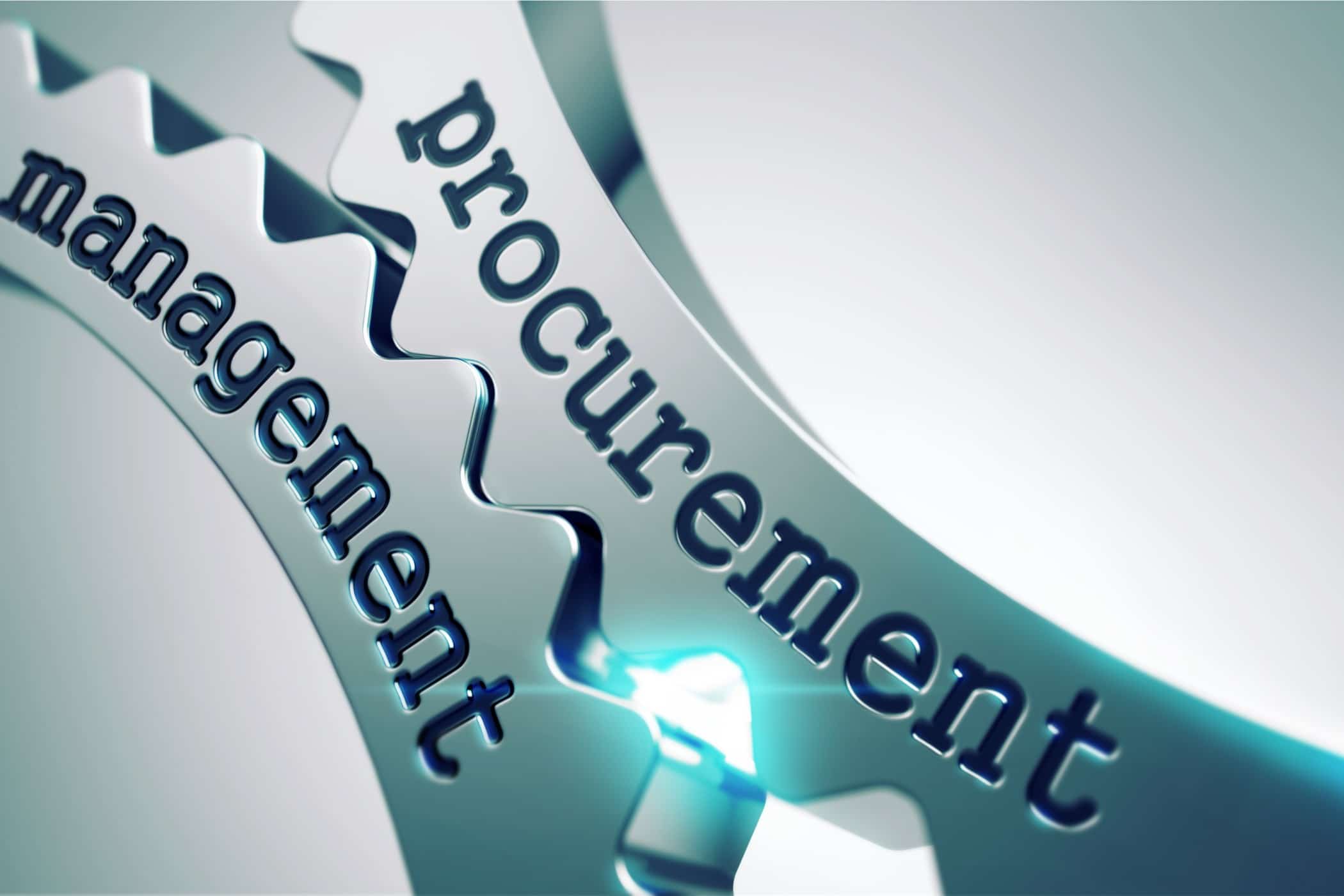How Category Management is Different from Strategic Sourcing



Category management is a part of the retail and purchase concept. It involves a wide range of products purchased by a business and then broken down into discrete categories. A simple example of category management can be categorising groceries into food, soaps, detergents, toiletries etc. Product category management is a systematic approach towards strategizing business. On the other hand, the process of identifying the spend profile of a company and making sure the business requirements are in alignment with the suppliers is called strategic sourcing.
Both strategic sourcing and category management are essential for the organisation for the procurement of products. This article differentiates between strategic sourcing and category management but also highlights the link between the two.
How is category management different from strategic sourcing: the key differences to be noted between the two are -
- In comparison to strategic sourcing which is short term, category management is long term
- Category management has multiple categories in its portfolio
- Category management has a high level of change management, while strategic sourcing has a medium level
- Strategic sourcing demands a functional competency and category management demands a strategic competency.
- Category management has a context-based approach and strategic sourcing has a process-based approach
- Strategic sourcing is supported by a passive executive support
- Category management always relies on supplier and demand management program
Understanding what category management is?
Category management is also known as a procurement management strategy. It is an efficient method to analyse the management of spending and cost savings. To improve business outcomes effectively you can use category management to categorise various goods and services. This categorisation is known as business units. Category management utilises structured and measurable outcomes.
Category management is used by both public and private sector businesses. The rule of thumb says that all products of the same category are to be placed together for convenience.
Examples of such categories can be :
- Home decor linen
- Apparels
- Fabric procurement
- Industrial products
- Accessories for apparels
Implementing category management:

Category management is easy to customise but the basic steps involved in category management are:
- Analysing spending to categorise
- Defining goals and objectives for each category
- Developing a strategy for categories
- Breaking strategies into steps for easy implementation
- Launching of the strategy
- Evaluating
Weighing the benefits of category management in fashion retail :
- It results in a decreased focus on individual spending rather than the whole corporate segment
- It helps to analyse and optimise spendings
- Can be used to break down the procurement
- It helps to create more solutions than problems
Strategic sourcing :
Strategizing anything defines that there is a plan and a process. Similarly, strategic sourcing denotes the method of procurement process involving the identification of the right suppliers and negotiation for the best prices available. It is one of the key factors in the process of supply chain management and revolves around optimised spending. The primary aim of strategic sourcing is to reduce costs.
Steps for implementing strategic sourcing:
- Evaluating the sourcing needs
- Analysing current spendings
- Analysing the potential suppliers
- Request for proposal
- Select the supplier
- Negotiate with prices
- Optimise
- Evaluate
Weighing the benefits of strategic sourcing in fashion industry:
- There is a reduction in overall spendings
- It helps to audit the suppliers timely for knowing which one is best suited for the organisation
- It strengthens the relationship between buyer and supplier
- It creates awareness about new suppliers
- It helps renewal of contracts with effective strategies
- Provides opportunities for new suppliers
Difference between category management and strategic sourcing:

| Category management | Strategic sourcing |
| Continuously refreshed analysis | Analysis done for immediate requirements |
| End to end process | One time process |
| Includes supplier and contract management | Supplier management program |
| Includes demand management | Does not include demand management |
| Lengthy process | Not much time required |
| Similar can be implemented on other categories of products | Different strategies for different categories of products |
- While these two terms sound so similar, the basic difference between the two is far from their names. While category management is strategy, on the other hand, strategic sourcing is a process. Category management allows one to continuously refresh the analysis and strategic sourcing is used for carrying out immediate requirements. Category management is an end to end process, once started has to finish in a given stipulated period. Whereas strategic sourcing is a one time process usually performed one at a time for one category of products.
- Category management has two parties, one is the supplier and the other is the contract manager, strategic sourcing has only a supplier management program. Category management focuses on value and demand management and strategic sourcing does not include demand management rather it focuses on goal-based objectives.
- Category management centralises the spent data by easily tracking and making a composite spending report. It also gives the liberty of outsourcing the spend analysis. By using category management you can save costs incurred for leveraging experts of strategic sourcing experts. Once a company starts using category management they gain knowledge about their suppliers and this helps to reduce the operational risks caused by supplier mismanagement. Therefore better risk management.
Once the process strategies are identified they can be used on other suppliers for introducing new products in the same or other categories. This in turn helps to streamline business or introduce new expansion plans.
- With strategic sourcing, one can increase the level of cost savings. The company can select suppliers who can provide the right pricing and can help the organisation achieve higher savings on cost. With strategic sourcing, one can achieve better alignment of sourcing with fulfilling business objectives. Align business activities and goals for better business performance and minimise supply chain risks.
- Strategic sourcing allows effective optimization of ideal suppliers. You can analyse the suppliers about their roles, profiles and core capabilities and choose appropriate suppliers with minimal cost possible. Matching the right suppliers by knowing their strengths and weaknesses often leads to long term relationships with the suppliers. A cohesive synergy is built between the buyer and supplier. Decisions are valued and suppliers feel motivated to meet the performance of the organisation.
- Determining the target shopper from your store: it is important to understand the customer behaviour for shopping. Regardless of the products you have to offer, understand what the current fashion trends are. Once you understand what the shopper wants, you will alter the merchandise accordingly.
- You must ascertain which category merchandise or fabrics you will be buying. This can affect the store management to a great extent. New products should be only added if demand persists and old items should be appropriately discarded. Understand what the buyer shops from, is it the size? Colour? Or style?
If a buyer wants to buy active wear, the category is set right by using the active wera section, next he sets foot towards the lower body activewear or upper body activewear. The next decision will be ascertaining the colour and size. If the buyer finds leggings much more comforting than a trouser, then he would stick to a trouser but essentially he wanted leggings for fitness wear. Therefore if there are no multiple options in the category section then he would decide not to buy. If you have kept categories separated from each other and coordinated then it would be easier for the buyer to make decisions.
- Category management allows more efficiency and performance
Using special categories to define the space and plan different categories in an organised way can be helpful to increase efficiency and performance of your store. As a store manager category management is the first step towards efficient business handling.
- Planning merchandise displays
New stock can be displayed at the front windows for inviting customers and drawing attention. A constant change of displays will encourage more attention and customer flow
Apparel shopping has become a source of leisure shopping, visual appeal is very important to persuade customers to buy.
The fundamental ones are merchandise type and the frequency or range changes. This second reason is due to the impact of the fast fashion industry and its effects on consumer behaviour.
Conclusion
Adopting strategic sourcing for establishing a holistic approach towards procurement of products is a more proactive approach. Often it is said, precaution is better than cure, therefore to minimise potential risks during any buying of business requirements it is essential to select the right suppliers. Strategic sourcing allows to meet the right suppliers and maximise the performance of the organisation.
On the other hand, category management makes procurement of products in one category hassle-free and identifies what is the most essential requirement and clarifies the process from end to finish, thus making it more transparent. Category management in the retail and fashion industry helps to change the type and frequency of merchandise. As fashion calls for concurrent changes and is affected by the consumer behaviour category management helps to determine the best options to improve sales.
Once any business sets category management and strategic sourcing right, the whole process not only saves cost but also human resources. Time is effectively utilised and not to forget,it does not allow the organisation to lower its quality.



















